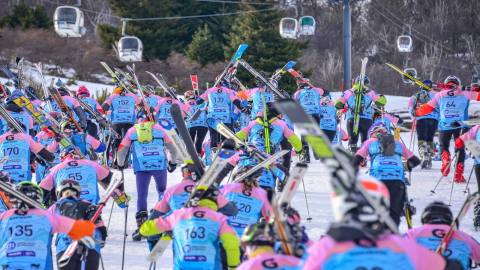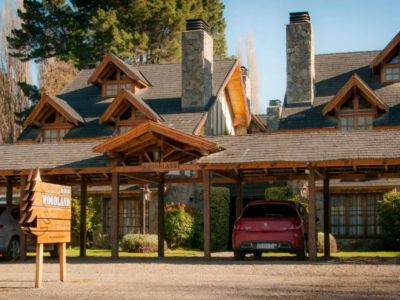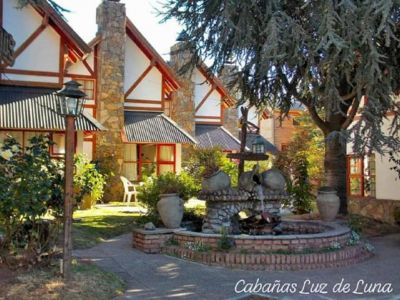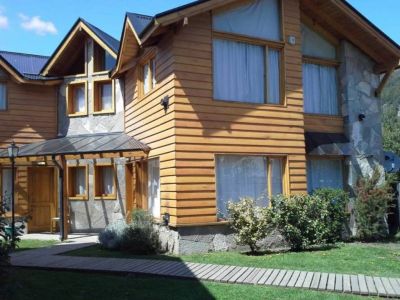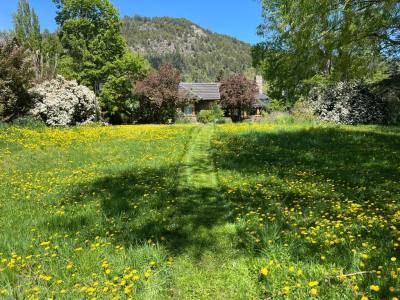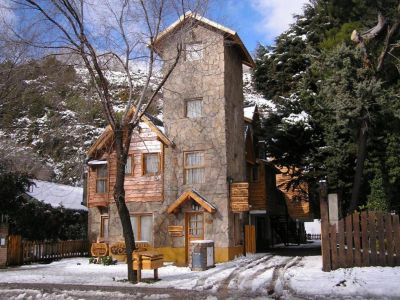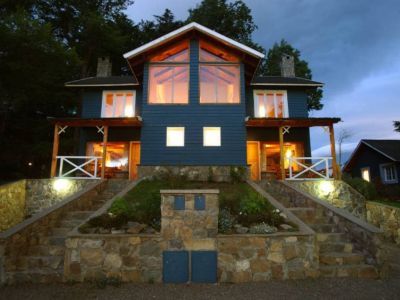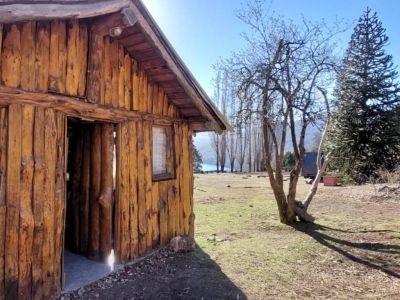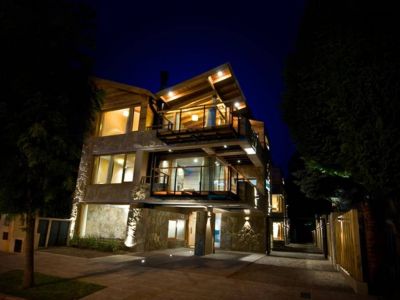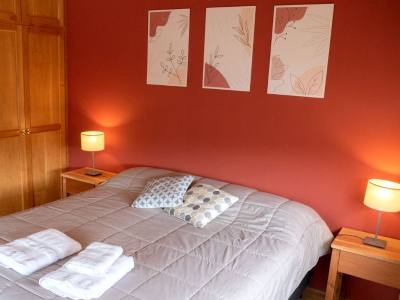We left early, heading for the North, along National Route 234. The day of Christ's Resurrection broke a little cloudy but cool, which here in Patagonia is a true blessing. After 40 km, we made our first stop at the center of the City of Junín de los Andes. There is a high percentage of descendants from the Mapuche community in this town. This is reflected in the varied handicrafts that is sold at the Paseo Artesanal (Handicrafts Promenade) shops. We resolved to visit the Nuestra Señora de las Nieves (Our Lady of the Snow) Parish Church. With a modern reconstruction design, it has a conception of pure lines and an austere ornamentation. As we toured around it, it was clear to us that the integration of the Mapuche and Christian faith and beliefs is exposed in its design. The most important spots in the precincts receive natural light, which differentiates the larger images from the spaces for praying and meditation. In the inside, as well as worshipping the image of the Virgin of the Snow, tribute is paid to Blessed Laura Vicuña, a dweller of Junín de los Andes who died when she was but 13 years old.
Lakes Paimún and Huechulafquen, a Tour
After touring around this pictouresque and quiet district, we left town following the same route that had led us to it. After 4 km towards the North, we reached the crossing with Provincial Route 61, which is made of rubble and runs parallel to the Chimehuín River. After a few kilometers, we reached the C.E.A.N - Centro de Ecología Aplicada del Neuquén (Center of Applied Ecology in Neuquén), where research is done on both local and foreign vegetable and animal species and their corresponding relationship with their ecosystem. We went all through the facilities, watched the pools that contain the trout and learnt about the production of fish offspring. This venue is in charge of maintaining a stable population of trout in the provincial river and lakes. After the visit to the C.E.A.N , we continued with our ride. Our next aim was to reach Lake Huechulafquen and we still had 22 km to go. We set out impatiently and were bewildered to see the beauty of the scenery, which would not give us a break. And in the core of the Lanín National Park, we managed to see the birth or the mouth of the Chimehuín River, which is so significant for fly-fishermen and even appears in all fly-fishing books in Patagonia. After crossing the bridge, we had the majestic waters of the lake before our very eyes. In the Mapuche tongue, Huechulafquen means “high lake”, or “lagoon in the end”. The postcard is unique: turquoise waters, an endless skyline, the surrounding Andes Mountain Range with the impressive presence of 3,776-meter-high Lanín Volcano. We continued bordering the lake shore and, after 30 km, we got to Puerto Canoa, where we found an interpretative trail called “El Bosque” (The Forest), which leads visitors around the area to see local flora species, among which the lengas, the ñires and the monkey puzzles stand out in their various development stages. At the end of the tour, we found a small pier from where the José Julián Catamaran leaves. This watercraft goes on excursions across Lakes Huechulafquen and Epulafquen. Just in front of the pier lies the area called “La Unión” (The Joint), a tight narrowness of quiet waters that joins Lake Huechulafquen and Lake Paimún. This quiet water mirror is surrounded by mountains and leafy forests and dwelled by a varied fauna rich in red deer, foxes, wild boars, hares and otters. The orange dusk began to announce the end of the day. The ritual of drinking mate began. There is always a good excuse to taste some delicious amargos. A pleasant chat and the guitar tunes played by a tourist in the background completed the scene. Without haste, we watched the sun setting behind the mountains. The same peaks that mysteriously lock everything that the word Patagonia means. Before leaving, we made a promise to return to this place where we live and about which we have so much to learn.
Marcelo Sola
Eduardo Epifanio
Contact of the excursion or tour
Villegas 698 esq. Tte. C. Perez, San Martín de los Andes, Neuquén, Argentina
Phone: +54 2972-425140
Cell Phone: +54 2972-531480












